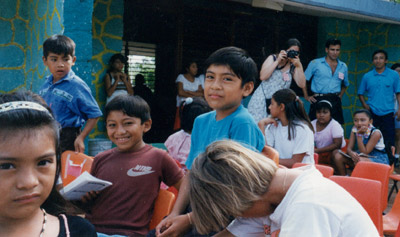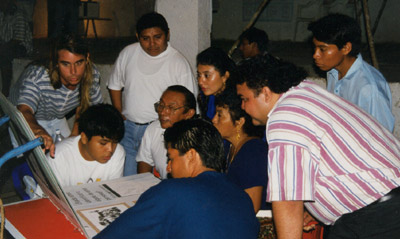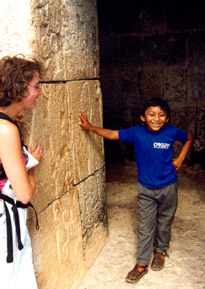 |
|
||||||||||||||||||||||
|
OSEA’s History  Dr. Castañeda began taking students to Yucatán during the summers to learn about Maya peoples, culture, history and ethnography in 1994. After three field seasons, 1994-1996, the ethnographic training program was re-structured as the Field School in Experimental Ethnography. This project combined the goals of research and teaching in an innovative program. Students took courses in ethnographic methods and cultural anthropology while learning how to do fieldwork. Student researchers focused their participation in one of three projects: The Ah Dzib P’izté’ Project in Maya Art and Anthropology The Chilam Balam Project in Memory and History The School of Experimental Language Learning or SELT [ 1 | 2 | 3 ] The Field School in Experimental Ethnography completed its research projects in 2000 after three successful field seasons. In three summer seasons of research, the program trained more than 30 undergraduates and five graduate students and worked in three areas of investigation. The Field School was sponsored in part by a major grant from the Fideicomiso México—USA, a binational funding agency comprising the Rockefeller Foundation, the Mexican Fondo Nacional de la Cultura y las Artes, and the Fundación Bancomer. In 2003 the Field School in Experimental Ethnography was re-designed and re-inaugurated as OSEA or The Open School of Ethnography and Anthropology under the auspices of CITE — The Community Institute of Transcultural Exchange. |



